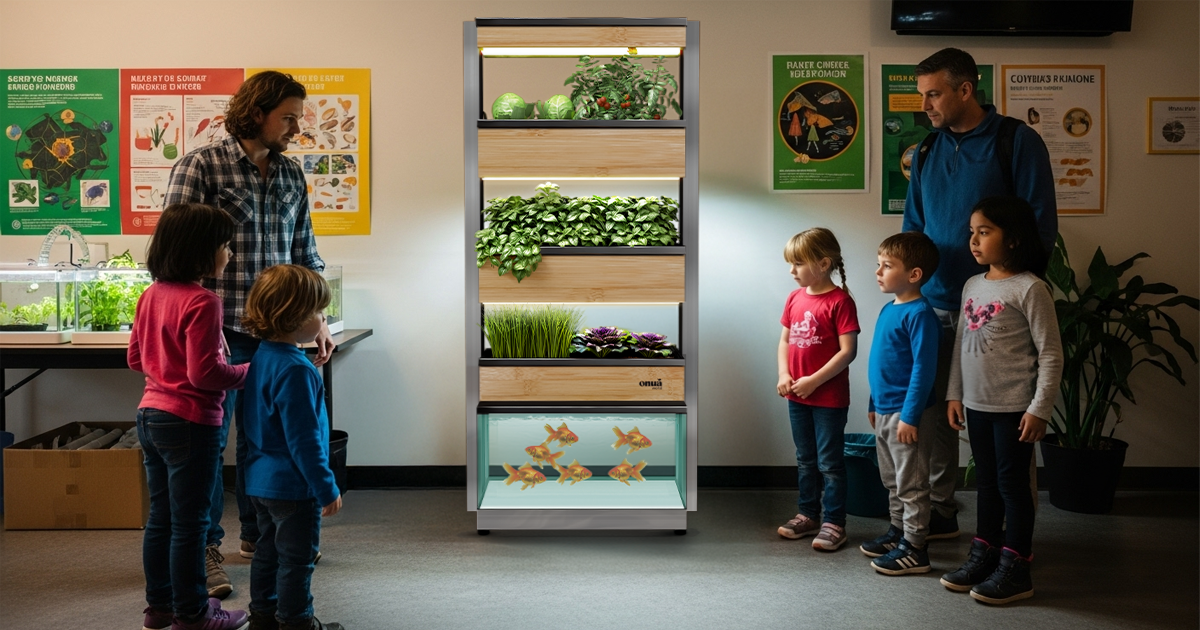Introduction:
Agriculture, a fundamental cornerstone of our existence, stands at the crossroads of challenges under the increasing influence of climate change. This chapter delves into a meticulous analysis of current policies, regional impacts, crucial recommendations, and explores how the engagement of the global population can play a vital role in agricultural adaptation to the shifting climate realities.
A. Current Impacts of Climate Change on Agriculture:
1. Global Warming and Agricultural Yields:
The alarming findings of the IPCC highlight a troubling reality: global temperatures have risen by 1.1 °C above pre-industrial levels. This increase has direct repercussions on major crop yields, exposing a reality where technological advances struggle to fully offset the warming effects.
2. Extreme Weather Events and Agricultural Vulnerability:
The rising frequency of natural disasters such as droughts, storms, and floods exacerbates agricultural vulnerability. The associated economic costs more than doubled between 1980 and 2019, reaching a staggering sum of USD 2,970 billion.
B. Regional Effects of Climate Change on Agriculture:
1. Europe : Climate nuances in Europe reveal changes in vegetative periods, positively impacting some crops while causing losses in others. Geographical shifts in productions, such as the rise of viticulture in the UK, expose the complex dynamics of ongoing adaptation.
2. Asia: Asia, facing altered monsoons and oceanic oscillations, experiences pressure on rice cultivation. Droughts and heatwaves lead to crop losses, threatening food security in key regions.
3. North and South America: Seasonal shifts, heatwaves, and extreme precipitation impact North America. The consequences are felt in agricultural productivity, emphasizing crucial challenges for food security in this region.
C. Potential Consequences of Climate Change on Agriculture:
1. Yield Reductions and Price Surges:
Rising temperatures simultaneously threaten yields in major agricultural regions, potentially causing a surge in global food prices. Importers may see their supplies compromised, intensifying food security challenges.
2. Climate Change Adaptation: Approaches and Challenges:
Adaptation, whether autonomous or planned, remains crucial. Despite the privileged position of farmers to take action, obstacles such as lack of information, financial restrictions, and inadequate incentives can hinder their efforts. Planned adaptation, supported by public policies, emerges as an imperative to achieve sustainable development goals.
D. Water Policies: An Essential Pillar of Agricultural Adaptation to Climate Change
Background:
Climate change accentuates water-related risks for agriculture, requiring a multi-level approach. Water policies position themselves as crucial elements complementing agricultural initiatives for resilient systems.
Approaches of Water Policies:
1.Robust Regulations: Guiding the sustainable use of groundwater, essential for irrigated agriculture.
2. Economic Incentives: Water pricing mechanisms to encourage responsible usage.
3. Collective Management: Promoting collaboration for equitable water distribution.
Water Allocation and Supply-Demand Balance:
- Dynamic Management: Adaptive allocation systems in response to changing precipitation patterns.
- Attention to "Risk Hotspots": Areas identified by the OECD require special attention from authorities to ensure food security.
E. Engagement of the Global Population: A Vital Link
Promotion of Awareness:
- Education: Raising awareness about the importance of sustainable agriculture and climate change adaptation.
- Communication: Using media and digital platforms to inform and mobilize the population.
Individual Scale Actions:
- Responsible Consumption: Encouraging sustainable food choices.
- Waste Reduction: Adopting environmentally friendly practices.
Community Participation:
- Local Projects: Supporting sustainable agricultural initiatives at the community level.
- Dialogue with Decision-Makers: Advocating for policies favorable to agricultural adaptation.
- Home Vegetable Cultivation: Among the many ways to contribute to food security, home vegetable cultivation emerges as an effective solution. Individuals can grow their own vegetables, reducing their carbon footprint and enhancing food resilience. An innovative method for sustainable vegetable cultivation is the use of Onuà World's smart aquaponics garden. This approach combines hydroponic cultivation with fish farming, creating a closed system where fish waste provides nutrients to plants, while plants purify the water for the fish. This smart aquaponics garden offers a practical and eco-friendly solution to produce fresh vegetables at home, contributing to the conservation of natural resources and the fight against climate change.
Conclusion:
Faced with unprecedented challenges, agriculture must pivot towards proactive adaptation. The recommendations emphasize the urgency of collective action, targeted investments, robust public policies, and active engagement of the global population. Global food security relies on our ability to rethink and reform our agricultural practices in the face of imminent climate change.




